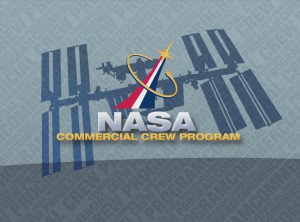 Ever see the International Space Station in flight? It’s not that hard, you just have to time it right and know where to look. Depending on where your city lies as Earth rotates under the ISS orbit, there can be several chances to watch it soar over you. It will appear as a close, bright star and can take as long as six minutes to traverse the sky as it moves at 17,500 mph.
Ever see the International Space Station in flight? It’s not that hard, you just have to time it right and know where to look. Depending on where your city lies as Earth rotates under the ISS orbit, there can be several chances to watch it soar over you. It will appear as a close, bright star and can take as long as six minutes to traverse the sky as it moves at 17,500 mph.
This weekend, folks in Central Florida around Orlando can see it tonight at 8:40 p.m. EDT for 2 minutes according to calculations by the station’s flight control team in Houston. It will appear 11 degrees above the south and disappear at 23 degrees. Friday morning at 6:27 offers a 5-minute pass that will see the station move from 11 degrees west-northwest moving to the south. There are more chances Saturday, the best being a 6-minute pass at 8:38 p.m. from 11 degrees southwest to 10 degrees northeast.
Of course, the station’s orbits around the world, so anyone can see the station from anywhere. To find out the best times in your area or get alerts when the station will be passing over your head, go to NASA’s Spot the Station website. It will give you a chart that looks like the one at the top and you will know exactly when to go outside and look for the Commercial Crew Program’s destination.














